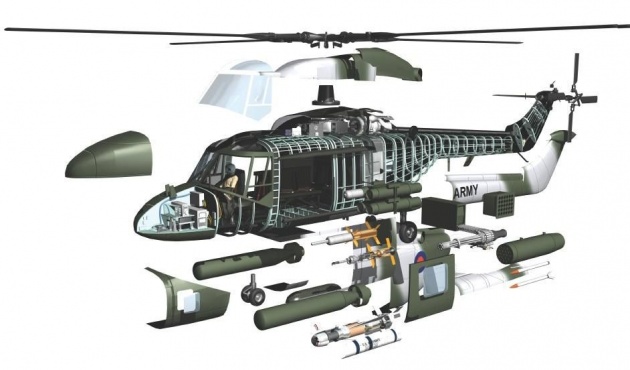Many people think it is a complete mystery that helicopters manage to fly at all.
They reckon that a helicopter is like a bumblebee – it shouldn’t be able to fly, but nobody told the bumblebee.
However, helicopters fly by the same aerodynamic principles as any other aircraft, and the basic principles are really not all that complicated.
Lift, Drag, Thrust and Weight
The force needed to keep an aircraft in the air is called ‘Lift.’ Lift is produced by air flowing over the wings.
The shape of the wings is designed so that the air flowing over the top surface has to travel further, and it therefore travels faster, than the air under the wing. This causes the pressure of the air on the top of the wing to be lower, and so effectively the wing – and therefore the aircraft – is sucked up by this lower pressure.
In fact, a certain amount of lift is produced by almost any object in a stream of air. You can experience the process for yourself if you put you arm out of the window of a moving car. You will feel your arm start to rise upwards, and this is due to lift. But of course a correctly-shaped wing produces far more lift than this.
Lift is produced independently of power from the engine. However, the engine produces ‘Thrust,’ which gets the aircraft moving along the runway, so that air flows over the wings. Thrust also overcomes ‘Drag,’ which is the force which tries to oppose the motion of the aircraft through the air. The other force involved is ’Weight.’ and the weight of the aircraft determines how much lift is required to get it into the air.
As long as there is enough lift to overcome the aircraft’s weight, and enough thrust from the engine to overcome the drag, then the aircraft will fly.
SOURCE: DECODED SCIENCE.




